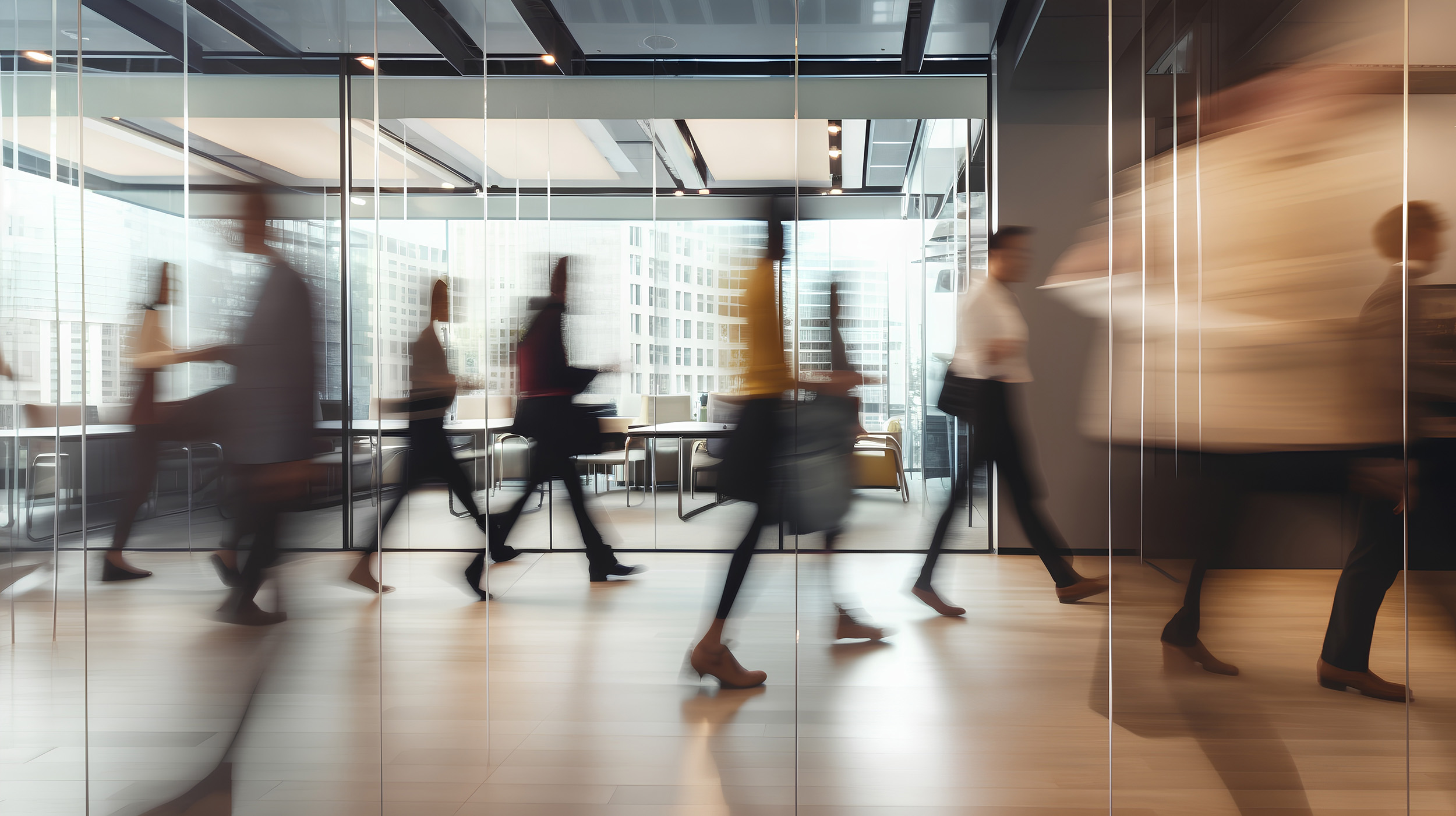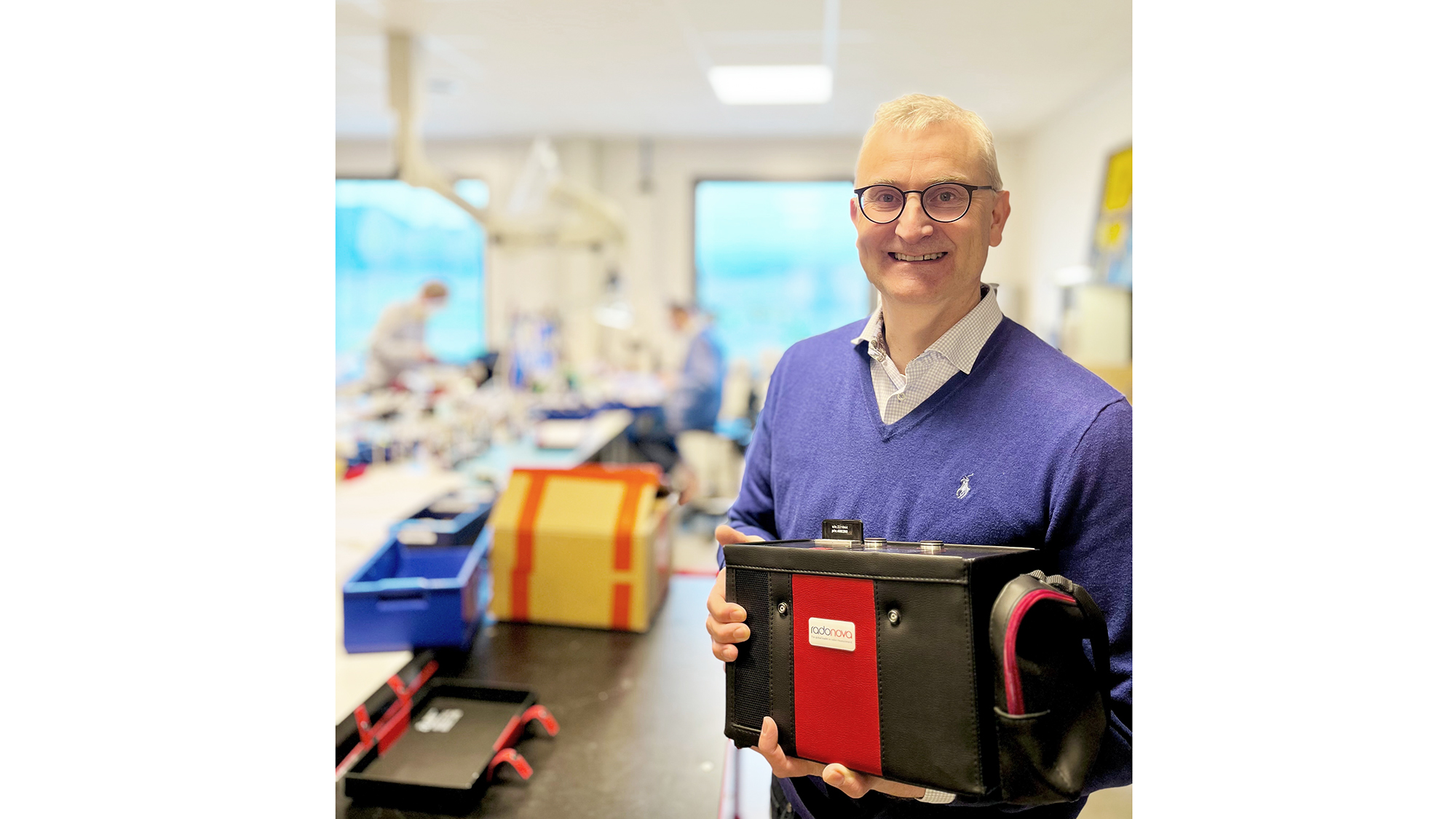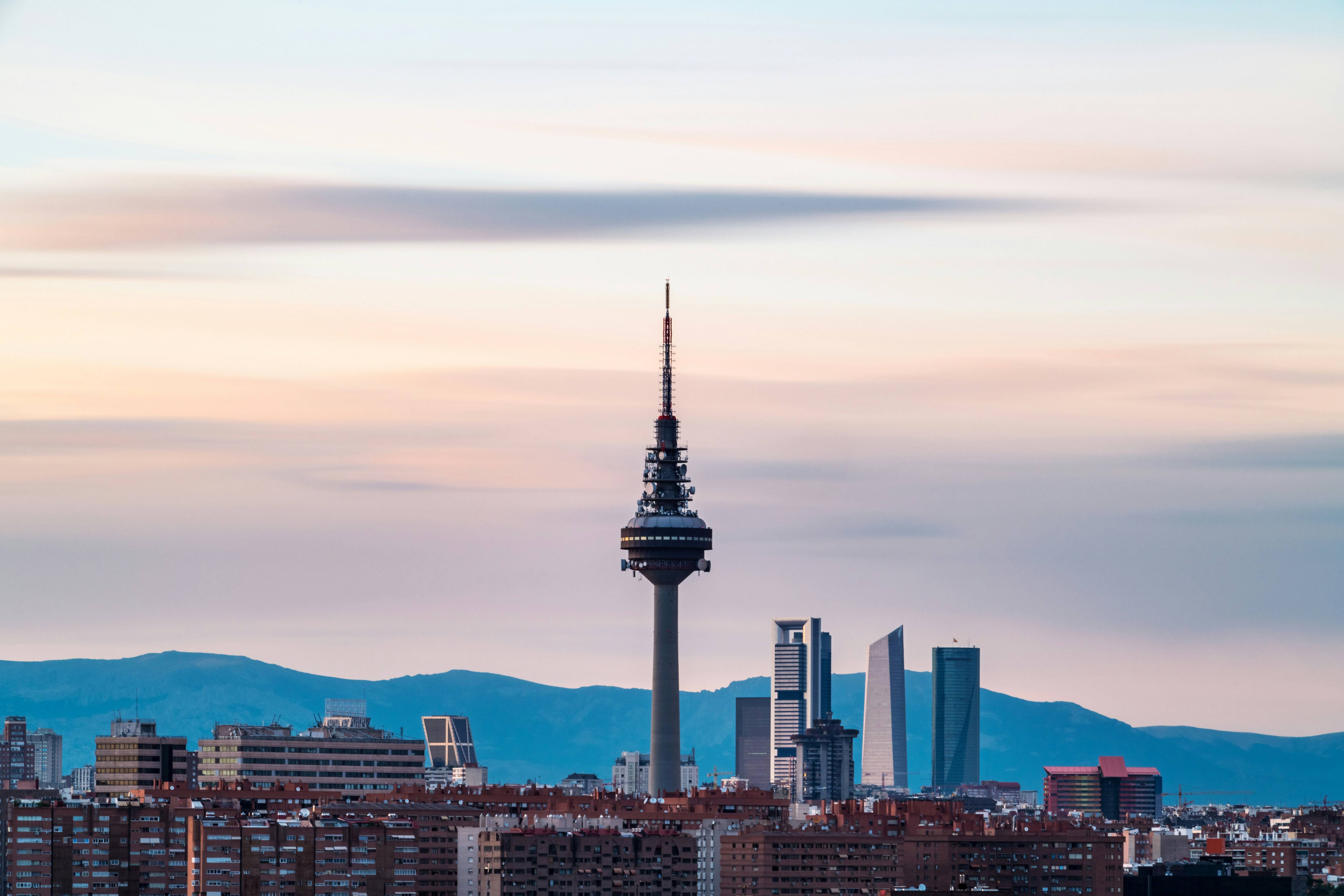In recent years, significant progress and changes have occurred in the field of radon and radon measurement. This invisible, odorless, and naturally occurring gas has gained attention due to its potential health risks. Radonova Laboratories, the world leader in radon measurement, has compiled the global trends in radon measurement and how they are expected to impact the work in the coming year.
- More workplace measurements
Within the EU, more and more countries have actively worked to implement the 2018 BSS Directive into laws and regulations related to radiation safety. Increased focus on healthy indoor environments has led to more businesses recognizing the importance of monitoring radon levels in the workplace. Therefore, many companies and public entities are integrating radon measurement as part of the overall strategy to promote healthy work environments.
- Technological advancements will become more accessible
Technologies and instruments that were previously exclusive to resource-rich professional entities will become more accessible to end-users. This is happening, in part, because various measurement services with instruments equivalent to those used in radon dosimetry are becoming more common. For example, Radonova’s SPIRIT measurement service is now available in multiple markets. Wireless and connected devices have also made it possible to monitor radon levels in real-time. Overall, this development increases user-friendliness and efficiency in managing radon risk.
- Increased awareness and regulation
Globally, the awareness of radon exposure risk has increased, leading more countries to introduce regulations and guidelines to protect residents. Measurement and reporting of radon levels are becoming more standardized, with property buyers and tenants often demanding radon measurement as part of property inspections. This, in turn, puts pressure on property owners and the construction industry to take measures to minimize radon exposure.
“Our hope is that authorities take greater responsibility for informing about the risks of radon. What we have seen so far is that too little money is allocated for supervision and information campaigns. In many countries, it is the radon industry that primarily takes responsibility for informing the population about the risks of radon in homes and workplaces,” comments Karl Nilsson, CEO of Radonova Laboratories.
In summary, the global trends in radon measurement indicate increased awareness, technological development, and improved collaboration to create safer and healthier indoor environments. By continuing to invest in research, more effective regulations, and education, public and private stakeholders can work together to protect people from the health hazards of radon exposure.







